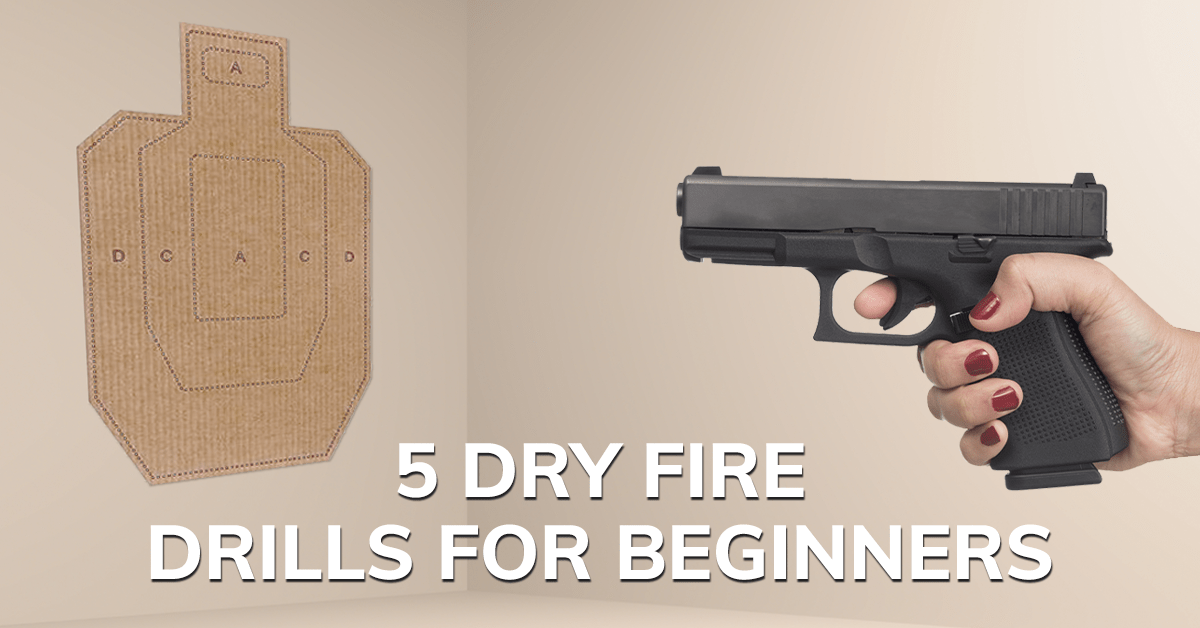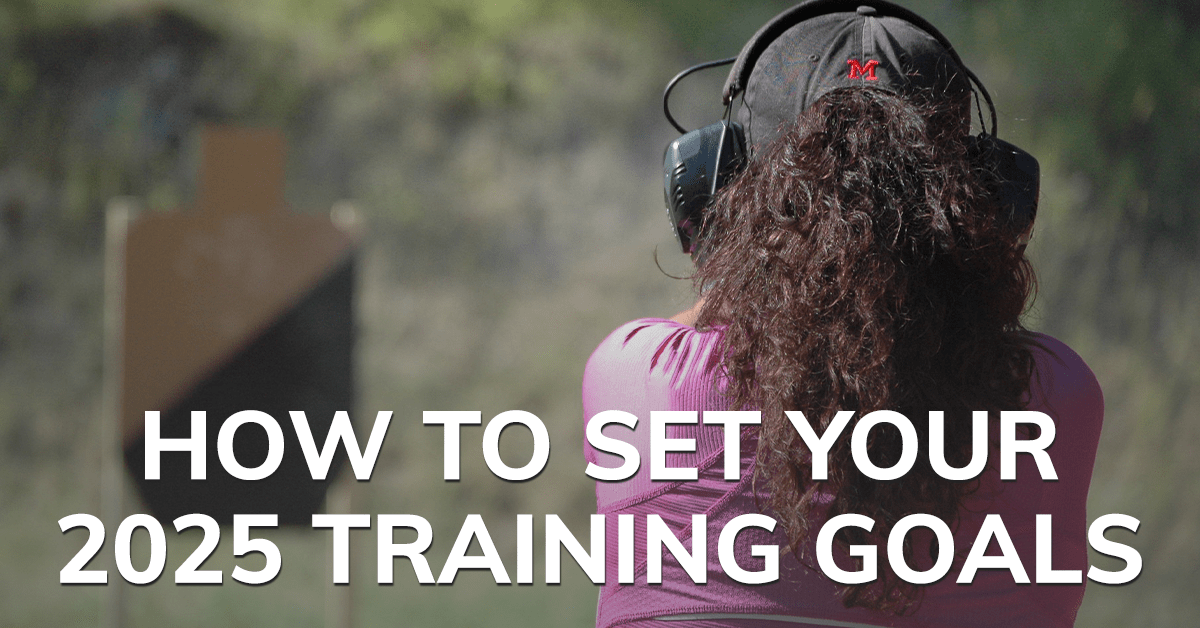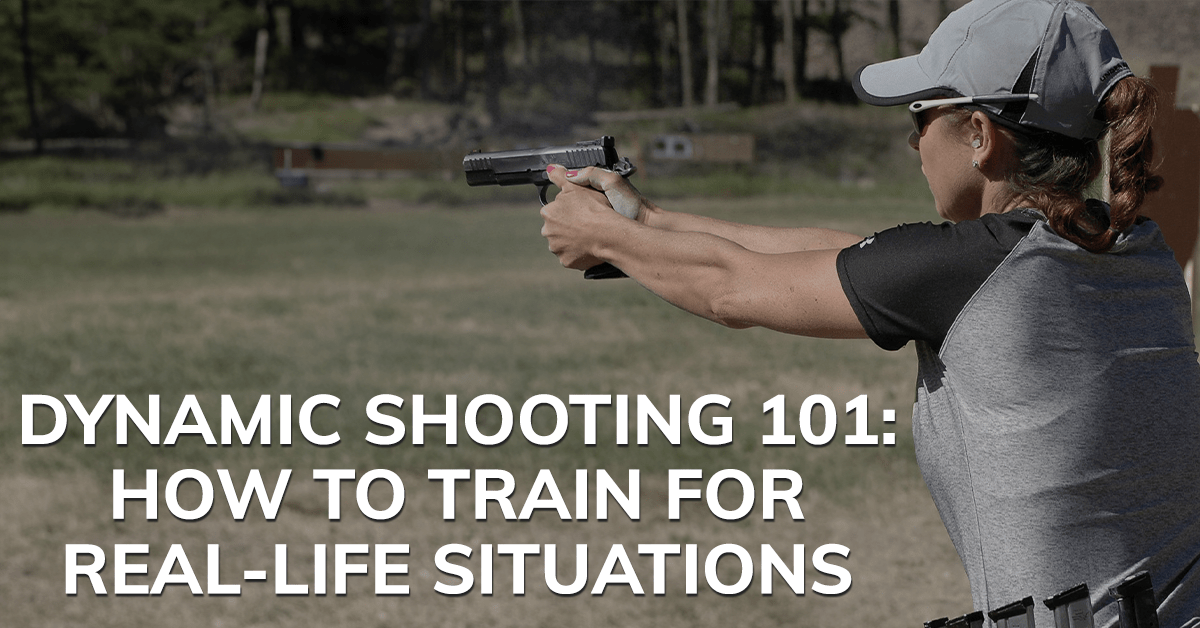Orders Over $100 Ship FREE (USA)!
Orders Over $100 Ship FREE (USA)!
CONCEALED CARRY
(Apparel with holster pockets or concealed-carry features)
PARTS & GEAR
RANGE STYLE
Gift shopping & not sure about size or style? Give a gift card instead!
GIFT IDEAS
EXPLORE
BFCM Sale 20% Off every item! EXTENDED
Black Friday & Cyber Monday EXTENDED: Indulge in Luxury, Pay Less.
Practice, Training, and Goals: How to Set Yourself Up for Success
4 min read
When we talk about practice or training, we almost always start that sentence with one word…
Should.
I SHOULD be practicing with my gun.
I SHOULD take more training classes.
I SHOULD try shooting a competition.
The big problem with telling yourself what you "should" do is that it has the exact opposite effect. It's an emotionally-driven word that brings up feelings of duty or obligation, and well, that just doesn't sound like fun at all.
Telling yourself that you "should" become a better shooter by practicing and training just ends up causing unnecessary anxiety and stress.
Instead of telling you what you SHOULD be doing, we're going to help you change your outlook on practice and training so you can start looking at both as something you will actually get excited about.
Practice and Training: Not the Same Thing
Let’s start with a quick primer on the differences between practice and training.
Why is it important to know the difference? Because trying to practice before you train is a recipe for never wanting to practice again.
If you don’t know what to work on, and more importantly, HOW to work on it, a range practice session gets frustrating VERY fast.
It’s like trying to cook something that you’ve never made before without a recipe—there’s a small chance it might turn out ok, but more likely, you’ll end up with a big mess that screams “let’s call for takeout”.
Practice is what you do AFTER you learn some skills (through training) and training is where you acquire the skills that will help you when you practice.
Train First
Assuming you have basic gun handling and shooting skills (if you don’t, do not pass GO, do not collect $200 and get to a beginner’s class ASAP), taking at least one structured class that includes skills and drills is a fantastic place to start. The training you get will help you build a solid foundation that you can use when you practice.
Take note of the skills and drills the instructor teaches you so you can use it to develop a live-fire practice plan.
If you can’t make it to a formal training class right away, you can do a search online for training videos, but be careful which trainers you choose to study. Just like everything else on the internet, there’s a lot of garbage out there so you need to make sure you’re learning from a credible teacher.
In the self-defense arena, Tom Givens, Ken Hackathorn, and Melody Lauer are all instructors with reputations that are impossible to beat. For handgun skills with a competitive slant, Todd Jarrett, JJ Racaza, and Rob Leatham are all amazing shooters and trainers that have published watch-worthy skills and drills videos.
Set Goals
Now it’s time to take what you’ve learned in training and put it to good (and fun) use!
First, you’ll need to set some goals. Whether you’re practicing for competitive shooting or concealed carry, your goals will likely be pretty similar. The application of the skills may be a little different, but the fundamentals never change.
Just like any other goal, it should be actionable and attainable. Setting a vague goal like “I want to be a better shooter” isn’t going to get you where you want to be.
An actionable goal is specific. For example, “I want to be able to draw and fire a shot using concealment in under 2 seconds” or “I want my splits to be under .4 seconds” are examples of well-designed goals.
An attainable goal is realistic and doesn’t skip any steps. Sure, you can set “I want to beat Jerry Miculek at a major 3-Gun match next month” as a goal, but unless you know how to stop time and have unlimited resources for ammo, you’ll never achieve that goal.
Practice and Measure
Finally, it's time to practice! The first time you head to the range, you’ll set your baseline. This is where you figure out where your skills are at now. Shoot the drills you learned during your training and make sure to write down your times and hits.
Once you’ve figured out where you stand, make a list of the drills and take them with you every time you go to the range. You don’t have to shoot every single drill on your list, just pick a few and rotate them each time you go out.
After you’ve been practicing for a couple of weeks, head back out to the range and run the same drills you used to set your baseline. Take a look at your current times against your baseline times and see if and where you’ve improved. Once you have that data, you can adjust your plan to make sure you’re moving toward your goals.
Sticking with Your Plan
When you start out with your new plan, you probably won’t have any trouble sticking with it. But as time goes on, it’s normal to lose motivation.
An easy way to boost your motivation is by finding a shooting buddy to practice with. It’s more fun to train with a partner and you can help keep each other motivated and even compete during your practice sessions. And who doesn’t love a little healthy competition for bragging rights?
Are We Having Fun Yet?
The key to successful (and fun) practice and training is having a plan. With a little preparation and some realistic goals, the excitement of seeing yourself get better every time you go to the range will become the best motivator you could ever have.
And when you’re motivated, you will never say I “should” again (at least when it comes to practice and training).
Also in Skill Building: Train & Practice

5 Drills for Anyone New to Dry Fire
3 min read
This guide covers 5 simple drills for beginners to make dry fire a consistent, effective training routine.

How to Set Your 2025 Training Goals
3 min read

Dynamic Shooting 101: How to Train for Real-Life Situations
4 min read

